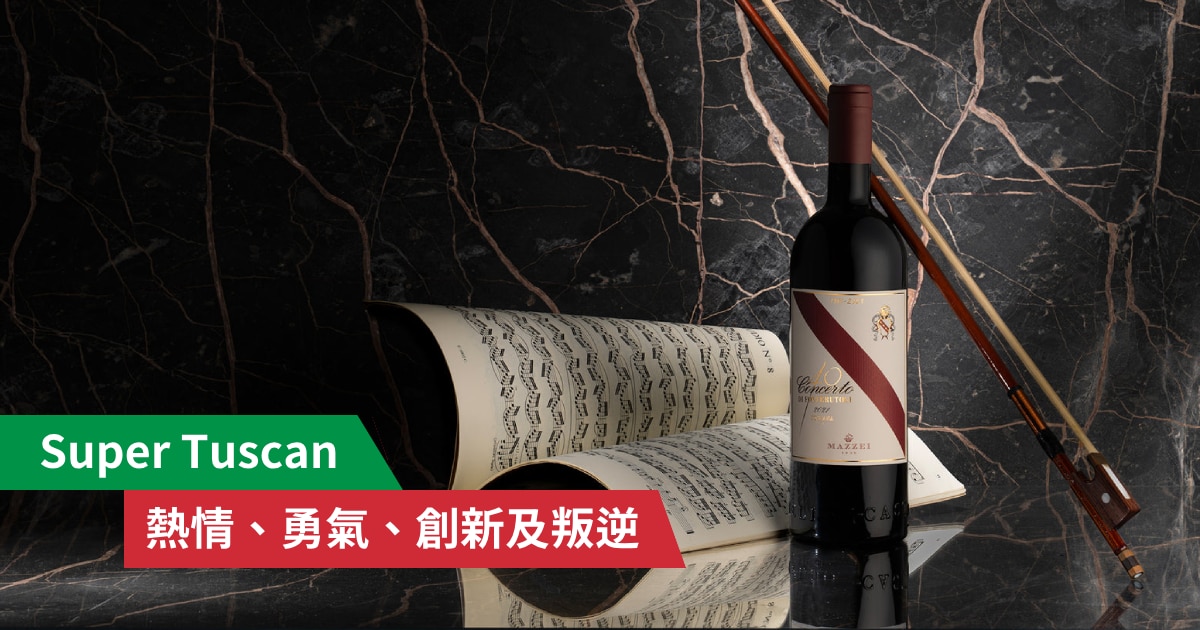Chardonnay is probably the white grape variety producing the most white wine. When it’s grown in different regions, climate, or winemaking method, it can produce totally different wine styles. Therefore, no matter you are an experienced wine lovers or beginner, you’ll be able to find one which suits your taste!
Terroir x Chardonnay Style
Refreshing style
Chardonnay from cooler-climate regions is typically of higher acidity and minerality with medium-to-light body. Cool temperatures and misty mornings allow fruit to ripen slowly and produce fresh wines. These styles tend to have fresher fruit flavours, predominantly citrus, with the addition of green apple, floral and mineral notes. The coastal Limari Valley, Casablanca Valley & Chablis are some of the signature regions.


Full-bodied style
In warmer regions, Chardonnays are usually fuller bodied, with ripe fruit flavour. Also, more tropical fruit flavours such as mango or pineapple can be found. Chardonnay from California is a prime example.
Winemakers x Wine Style

Winemaking also has a significant contribution to the final result, that’s why different winemakers can transform Chardonnay’s styles. For example, they can decide to harvest early or late, to shape the acidity and body of the wine; or whether to age in new oak barrels, the use of oak tends to give thicker mouthfeel, creaminess and nuttiness while having the wine unoaked can highlight the floral, mineral sides of the wine.
Chardonnay Food Pairing

The diversity of Chardonnay styles gives rise to the unlimited possibilities in food pairing: For cool climate or young and unoaked Chardonnay, it usually carries some minerality and a refreshing, crisp acidity such as Chablis of Burgundy, which is better to pair with oysters or seafood platters; For warmer climate or oaked Chardonnay, which is mature and richer. It can pair with more savoury dishes with creamy sauce, such as pan-seared sea bass, or Carbonara.



 Same Day Pick-up
Same Day Pick-up























